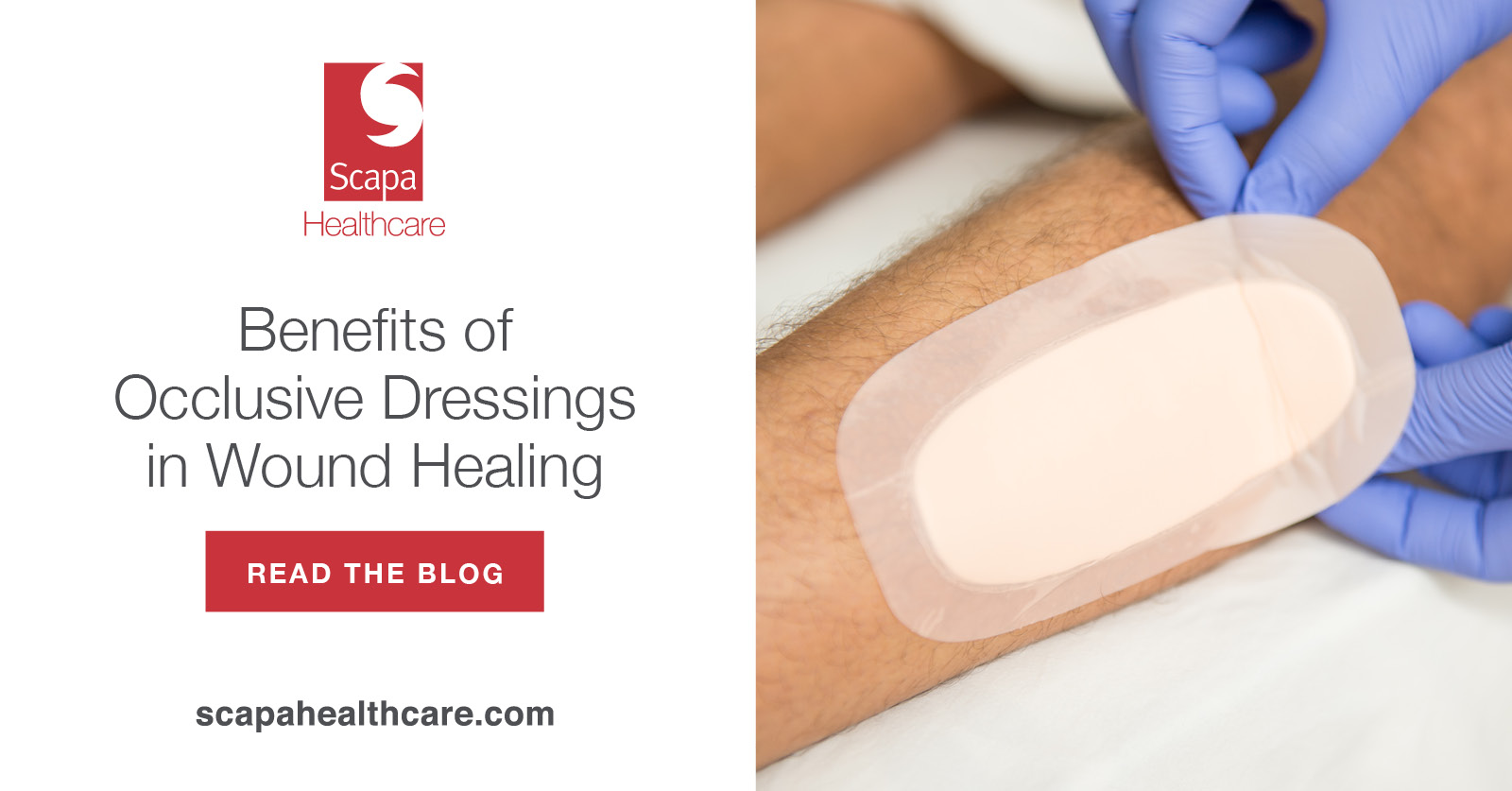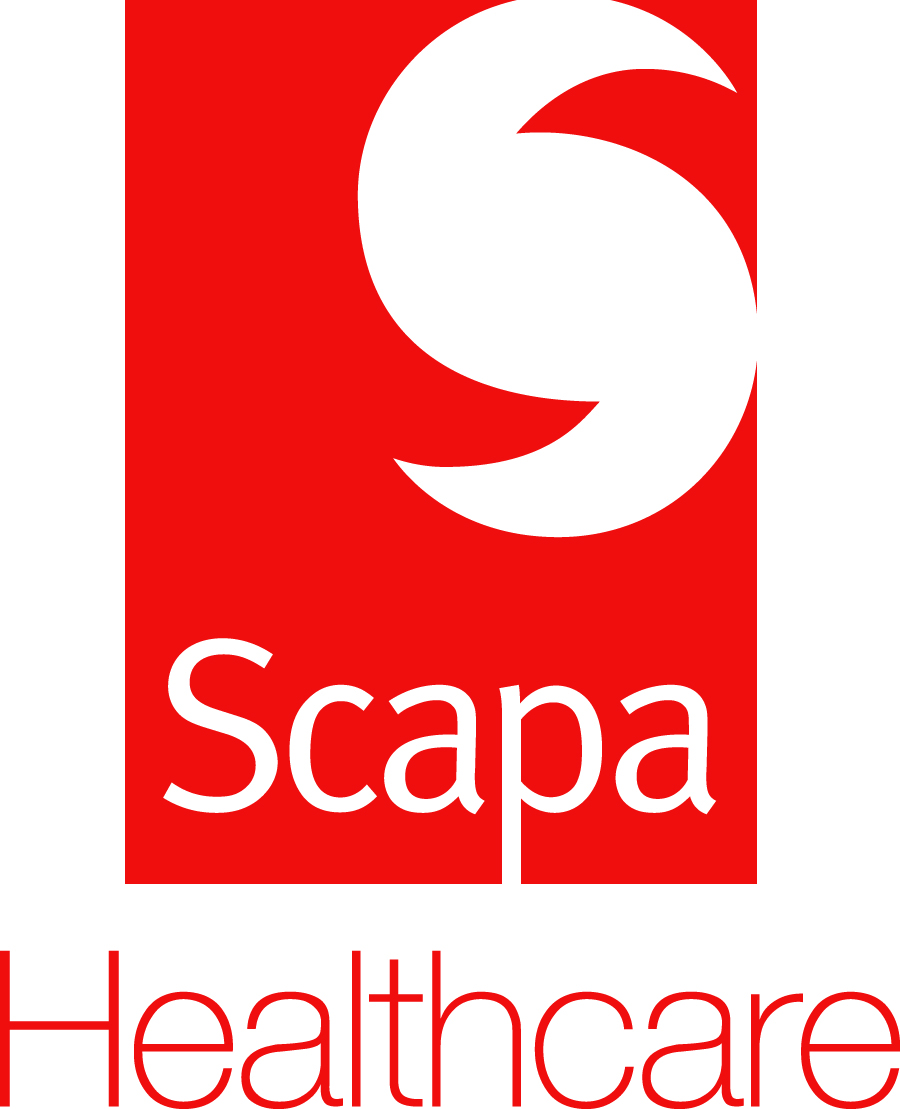Pranabes Pramanik, senior principal scientist and R&D manager for materials and technology development at Scapa Healthcare, shared his thoughts about the growing hydrocolloid technology market and how Scapa Healthcare is helping its customers create the innovative solutions needed to thrive.
Hydrocolloid technology has been used in advanced wound care for many years. However, the market is now experiencing rapid growth as new applications and innovations expand the use of the technology. Pranabes Pramanik, senior principal scientist and R&D manager for materials and technology development at Scapa Healthcare, shared his thoughts about the growing market and how Scapa Healthcare is helping its customers create the innovative solutions needed to thrive.
Tell us a little bit about yourself.
My background is in chemical engineering, specializing in polymer science and technology. I completed my Ph.D., Masters and undergraduate degrees in polymer science and technology in India and did a postdoctoral research fellowship in polymer materials engineering at Queen’s University in Canada. I also have a MBA from the State University of New York, Albany.
Professionally, I have spent more than 20 years working on polymer materials and process technology development, focusing on products including food packaging, healthcare packaging, healthcare materials, and medical devices.
I joined Scapa Healthcare about a year ago. I work with our teams to help solve customer needs, create innovative products, and optimize product performance.
What is hydrocolloid technology, and how does it work?
Hydrocolloids are a skin contact adhesive that contain gel-forming agents/properties. The adhesive can be laminated on to a carrier such as a film to create an absorbent, self-adhesive, waterproof dressing.
The primary functionality of hydrocolloid technology is to absorb moisture and exudates from the wounds. The adhesive can be customized for properties such as moisture absorption and skin adhesion or to meet the needs of a specific device. Its functionality can be enhanced with various ingredients to expand the capabilities of hydrocolloid technology.
What are the typical use cases/applications for hydrocolloids?
The primary application for hydrocolloid technology is wound care due to its excellent moisture absorption properties. This helps to protect the wound from external contaminants and provides a moist environment to promote faster healing.
Hydrocolloids are also used in many ostomy applications for the fixation of the bag or other devices where it absorbs excess moisture and protects the peristomal area from infection. If the hydrocolloid has antimicrobial and other infection control additives incorporated, it can also help improve healing.
Another use for hydrocolloids is fixation devices. For example, hydrocolloids can be used in diabetes care with patches on infusion lines connected to an insulin pump and glucose monitoring devices. In addition to device fixation, hydrocolloid adhesives can be used with active ingredients for transdermal applications.
How has the market evolved since you began working with hydrocolloid technology? What innovations have you seen in the market?
Hydrocolloids have been a leading technology in wound care for many years. However, the functionality of hydrocolloid technology has increased over the past few years by including certain ingredients that have specific functionality, such as antimicrobials or infection control.
Beyond that, new transdermal applications have emerged. For example, active ingredients used in many other types of solutions-based products can be added to the hydrocolloid adhesive patch to be infused into the skin over time. An advantage of this is that the hydrocolloid can be applied one time. It stays on for longer with active ingredients continuously acting on the skin, eliminating the need to use a topical application multiple times.
These capabilities have expanded the use of hydrocolloids across a broader spectrum into many other areas, such as skincare, to improve appearance, especially in the facial area. Examples include the addition of salicylic acid to hydrocolloids for use on acne or other blemishes and retinol or other active ingredients used in popular topical applications to treat fine lines and wrinkles.
What are some of the current market trends?
One of the current trends in hydrocolloids involves the chemistry of raw materials. For example, many companies are trying to use biodegradable materials and bio-based materials in hydrocolloid formulations that will have less impact on the environment.
Please discuss Scapa Healthcare’s hydrocolloid capabilities and competitive differentiators.
Scapa is heavily focused on R&D and has unparalleled experience in developing and formulating market-leading hydrocolloids, along with extensive lab capabilities.
The Scapa team prides itself on meeting customers' unique needs. As a result, we do a great deal of hydrocolloid technology testing to determine how the products ultimately perform on the skin; for example, is it breathable? How much moisture comes out of the skin? What is its permeability?
We have several parameters we evaluate before going to market. For example, the selection of ingredients is very critical in hydrocolloids. One of the ways that Scapa optimizes our hydrocolloid solutions is through extensive biocompatibility testing. This helps our team select ingredients that do not negatively react with the hydrocolloid adhesive.
Scapa also does a lot of physical and chemical testing for adhesive applications. Once the finished product is made, we also characterize those products in terms of skin applications and moisture absorption.
Another significant benefit to working with Scapa is quick turnaround times for sampling and creating the optimal formulations based on customer requirements.
Scapa’s Hydrocolloid R&D lab has state-of-the-art capabilities for formulation development, prototyping and performance evaluation including material characterization and material analysis.
Can you share Scapa Healthcare’s new product development initiatives?
We are currently working on the next generation of skin-friendly Hydrocolloid technology and exploring new additives and active ingredients. There are many innovations to come from Scapa Healthcare, so stay tuned!
View website











































